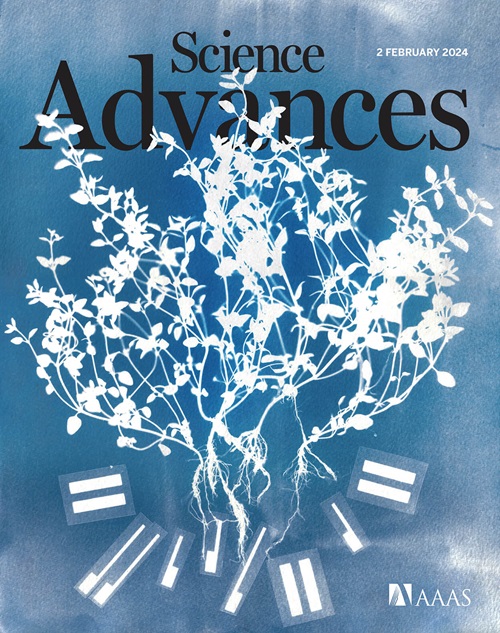Metal-assisted vacuum transfer enabling in situ visualization of charge density waves in monolayer MoS2
IF 12.5
1区 综合性期刊
Q1 MULTIDISCIPLINARY SCIENCES
引用次数: 0
Abstract
Recent advancements in quantum materials research have focused on monolayer transition metal dichalcogenides and their heterostructures, known for complex electronic phenomena. While macroscopic electrical and magnetic measurements provide valuable insights, understanding these electronic states requires direct experimental observations. Yet, the extreme two-dimensionality of these materials demands surface-sensitive measurements with exceptionally clean surfaces. Here, we present the metal-assisted vacuum transfer method combined with in situ measurements in ultrahigh vacuum (UHV), enabling pristine monolayer MoS2 with ultraclean surfaces unexposed to ambient conditions. Consequently, in situ scanning tunneling microscopy revealed charge density waves (CDWs) in MoS2/Cu(111), previously unobserved in monolayer MoS2. Additionally, angle-resolved photoelectron spectroscopy identified notable Fermi surface nesting due to substrate interactions, elucidating the mechanisms behind CDW formation. This method is broadly applicable to other monolayer two-dimensional materials, enabling the high-fidelity in situ UHV characterization and advancing the understanding of correlated electronic behaviors in these material systems.

金属辅助真空转移使单层MoS 2中电荷密度波的原位可视化成为可能
近年来量子材料研究的进展主要集中在以复杂电子现象而闻名的单层过渡金属二硫族化合物及其异质结构上。虽然宏观的电和磁测量提供了有价值的见解,但理解这些电子状态需要直接的实验观察。然而,这些材料的极端二维性要求在非常干净的表面上进行表面敏感测量。在这里,我们提出了金属辅助真空转移方法与超高真空(UHV)的原位测量相结合,使原始单层MoS 2具有不暴露于环境条件下的超清洁表面。因此,原位扫描隧道显微镜发现了mos2 /Cu(111)中的电荷密度波(CDWs),这是以前在单层MoS 2中未观察到的。此外,角分辨光电子能谱发现了由于衬底相互作用而引起的显著的费米表面嵌套,阐明了CDW形成背后的机制。该方法广泛适用于其他单层二维材料,实现了高保真的原位特高压表征,并促进了对这些材料系统中相关电子行为的理解。
本文章由计算机程序翻译,如有差异,请以英文原文为准。
求助全文
约1分钟内获得全文
求助全文
来源期刊

Science Advances
综合性期刊-综合性期刊
CiteScore
21.40
自引率
1.50%
发文量
1937
审稿时长
29 weeks
期刊介绍:
Science Advances, an open-access journal by AAAS, publishes impactful research in diverse scientific areas. It aims for fair, fast, and expert peer review, providing freely accessible research to readers. Led by distinguished scientists, the journal supports AAAS's mission by extending Science magazine's capacity to identify and promote significant advances. Evolving digital publishing technologies play a crucial role in advancing AAAS's global mission for science communication and benefitting humankind.
 求助内容:
求助内容: 应助结果提醒方式:
应助结果提醒方式:


